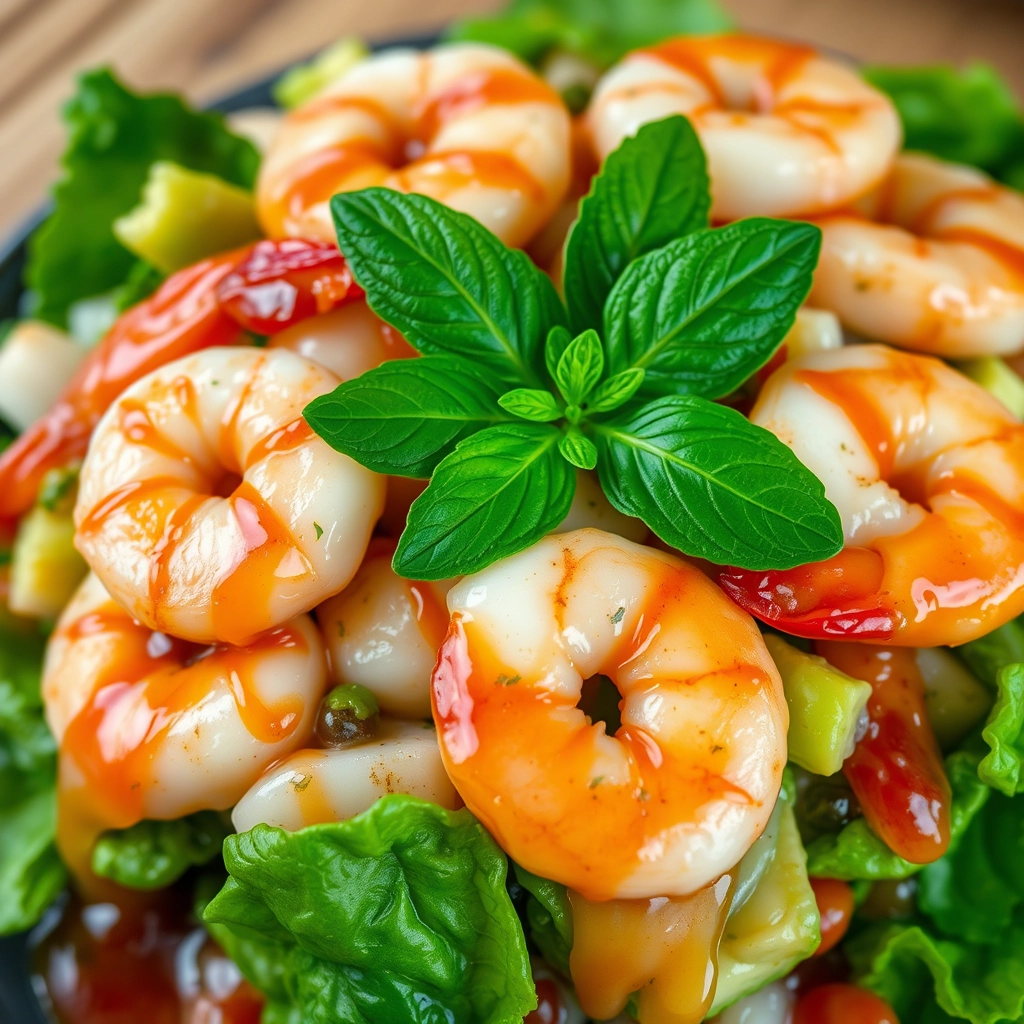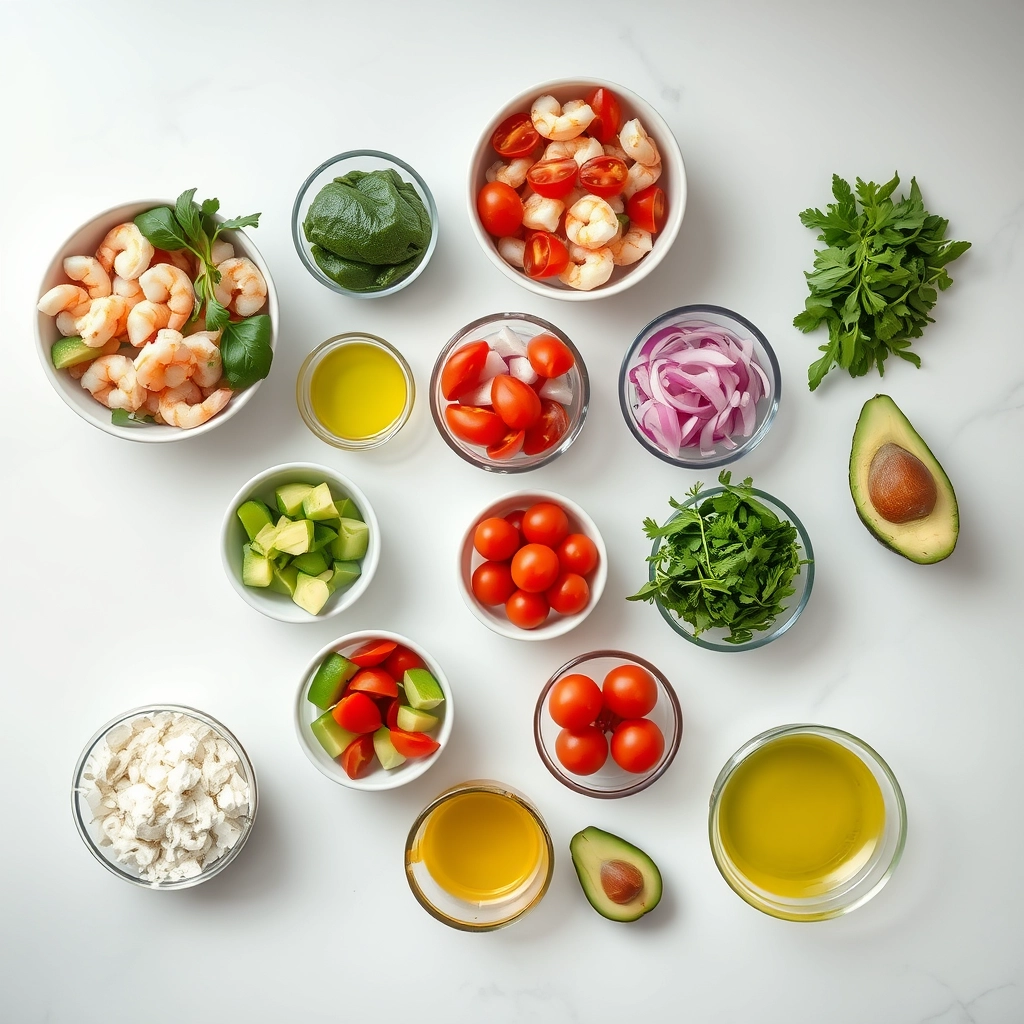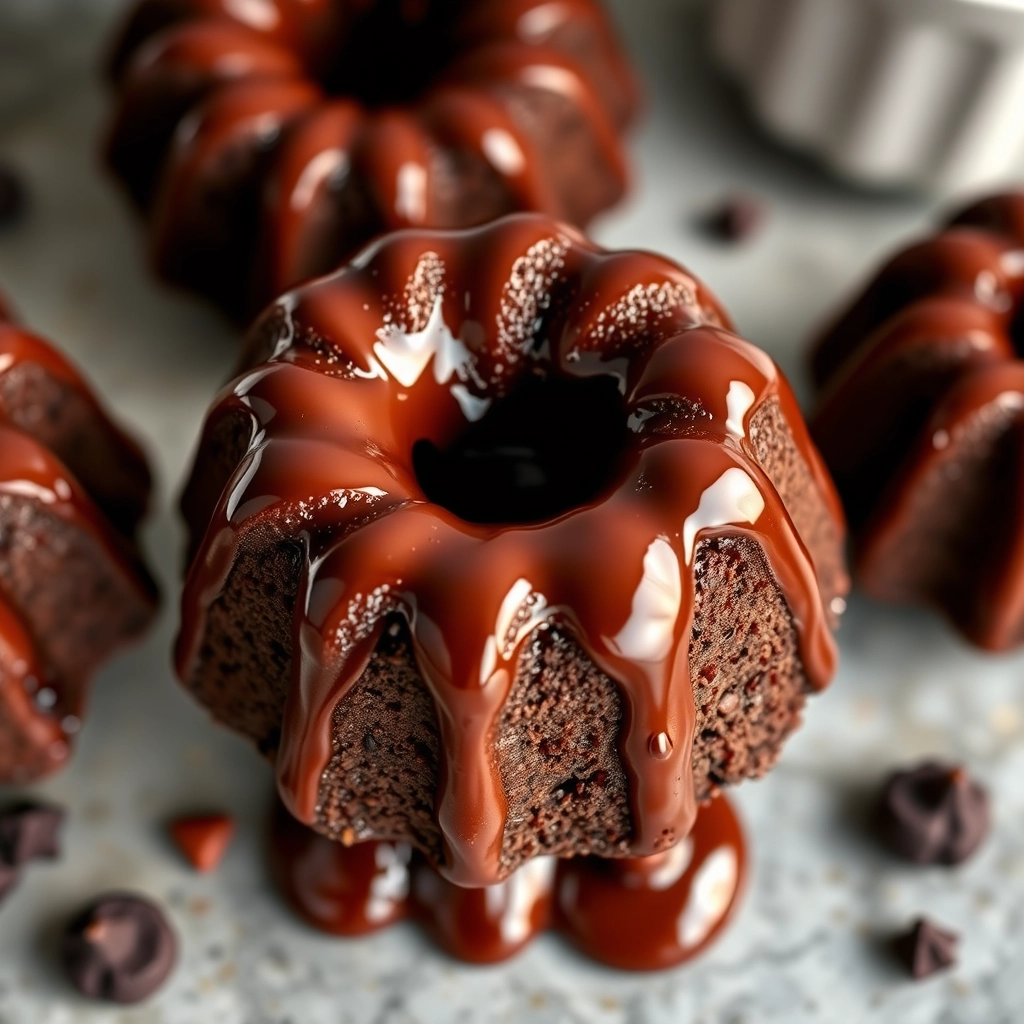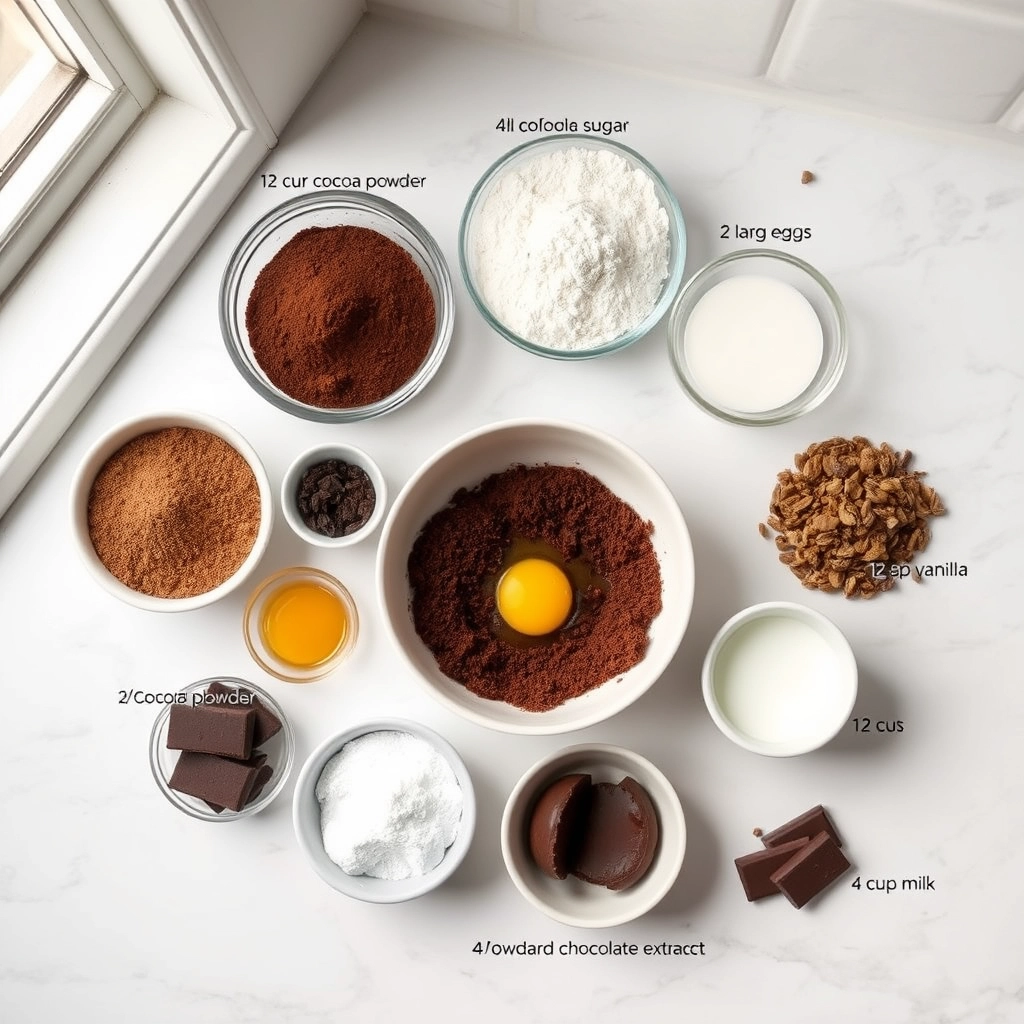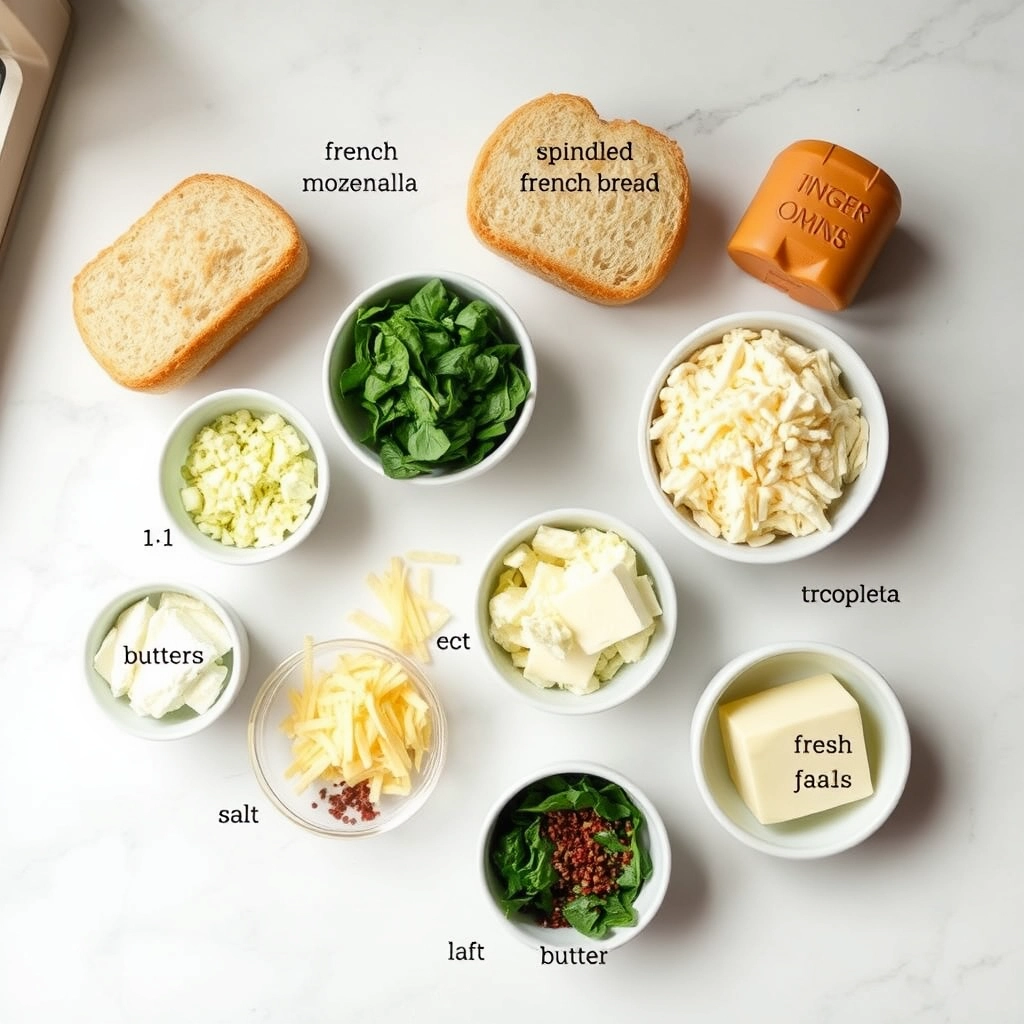A Cozy Kitchen Miracle: Easy Cheesy Mashed Potato Puffs
There’s something magical about the way leftover mashed potatoes transform in the oven—crispy on the outside, fluffy and melty on the inside, like little clouds of comfort. I discovered these cheesy mashed potato puffs one chilly Sunday evening when my fridge held nothing but a bowl of yesterday’s mashed potatoes and a half-empty bag of cheddar. What started as a “use-it-up” experiment turned into a family favorite—now my kids beg for them alongside roasted chicken, or even as a snack straight from the baking sheet. Best of all? They come together in minutes and taste like a hug in bite-sized form.
Ingredients You’ll Need
- 2 cups leftover mashed potatoes – Day-old spuds work best here! If yours are a bit dry, add a splash of milk or cream to loosen them up.
- 1 cup shredded sharp cheddar – The sharper the better, in my opinion. Gruyère or pepper jack would also be delightful.
- 1 large egg – Our binding agent, giving these puffs their lift.
- 2 tablespoons chopped chives or green onions – For a pop of freshness and color.
- 1/2 teaspoon garlic powder – Because everything is better with garlic.
- 1/4 teaspoon smoked paprika – Optional, but adds a whisper of warmth.
- Salt and pepper to taste – Don’t skip tasting your mixture—leftover potatoes can vary in seasoning!
- Butter or nonstick spray – For greasing your muffin tin (trust me, you’ll want to prevent sticking).
Let’s Make Some Magic
- Preheat & Prep: Crank your oven to 375°F (190°C) and generously grease a standard 12-cup muffin tin. These little puffs like to cling, so don’t be shy with the butter or spray!
- Mix It Up: In a large bowl, stir together the mashed potatoes, shredded cheese, egg, chives, garlic powder, and smoked paprika until everything is happily combined. Taste and adjust salt and pepper as needed—this is your moment to make it perfect.
- Scoop & Shape: Using a spoon or cookie scoop, divide the mixture evenly among the muffin cups (they should be about 3/4 full). For extra crispiness, gently press the tops flat with a damp finger—this creates more surface area for golden edges.
Now, here’s my secret trick: let the filled muffin tin sit for 5 minutes before baking. This helps the egg bind everything together, so your puffs hold their shape beautifully. While you wait, maybe sneak a bite of cheese straight from the bag—I won’t tell.
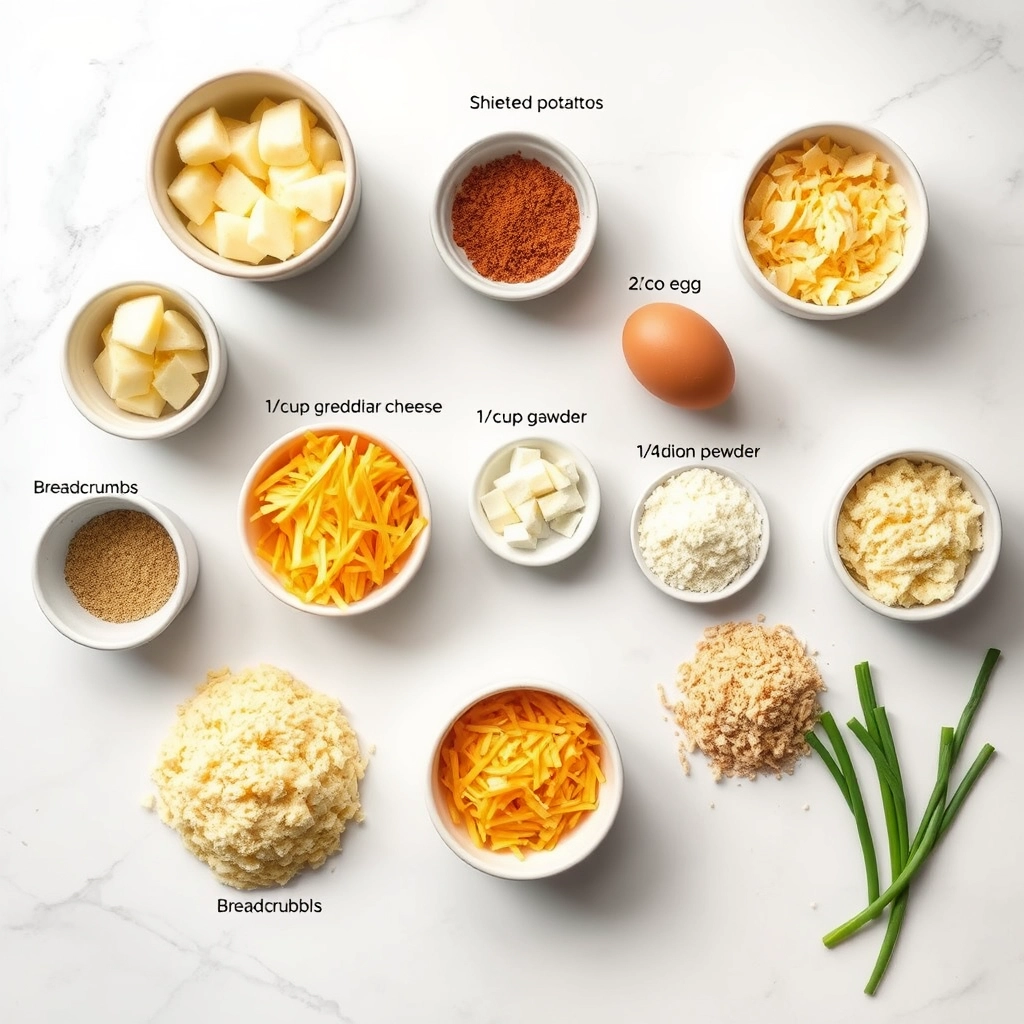
Pro Tips for Perfect Mashed Potato Puffs
These cheesy mashed potato puffs are forgiving, but a few tricks will make them shine:
- Cold mashed potatoes work best – they hold their shape better when forming the puffs
- Grease your muffin tin well or use silicone molds for effortless removal
- Let them rest 5 minutes after baking – they’ll firm up beautifully
- For extra crispiness, broil for the last 1-2 minutes (watch carefully!)
Delicious Variations to Try
One of the best things about this recipe is how easily you can customize it:
- Loaded Potato Style: Mix in cooked bacon bits and top with sour cream and chives
- Veggie Boost: Fold in sautéed spinach, roasted garlic, or caramelized onions
- Spicy Kick: Add diced jalapeños or a pinch of cayenne pepper
- Gluten-Free: Substitute breadcrumbs with almond flour or gluten-free panko
What to Serve With Your Potato Puffs
These golden puffs are incredibly versatile. Here are some perfect pairings:
- Sunday roast chicken or turkey
- Holiday ham with honey glaze
- Weeknight meatloaf or baked pork chops
- Simple green salad for a lighter meal
- Breakfast spread with scrambled eggs
Storage and Reheating Tips
Leftovers? No problem! Here’s how to keep them tasting fresh:
- Refrigerator: Store in airtight container for 3-4 days
- Freezer: Freeze on baking sheet, then transfer to bags for up to 2 months
- Reheating: Warm in 350°F oven for 10-15 minutes (20 if frozen) until heated through
- Air Fryer: 350°F for 5 minutes makes them crispy again!
Frequently Asked Questions
Can I use instant mashed potatoes?
While fresh is best, you can use instant in a pinch. Just make sure they’re extra thick so the puffs hold shape.
Why did my puffs fall apart?
This usually means the mixture was too wet. Next time, add an extra tablespoon of flour or breadcrumbs.
Can I make these ahead?
Absolutely! Prepare the mixture and refrigerate overnight, then bake when ready. Add 2-3 extra minutes to baking time.
What cheese substitutions work?
Gouda, Swiss, or pepper jack would all be delicious. For dairy-free, try nutritional yeast with dairy-free cheese.
Final Thoughts
There’s something magical about transforming humble leftovers into something special. These cheesy mashed potato puffs are the perfect example – crispy on the outside, fluffy inside, and bursting with comforting flavor. Whether you’re serving them at a holiday gathering or just jazzing up a weeknight dinner, they’re sure to become a new family favorite. The best part? That golden, cheesy crust hiding a cloud-like potato center that makes everyone ask for seconds. Happy baking!
Print
Cheesy Mashed Potato Puffs
Description
Crispy on the outside, fluffy and cheesy on the inside, these mashed potato puffs are a delicious twist on classic mashed potatoes.
Ingredients
For the Crust:
- 2 cups leftover mashed potatoes
- 1 cup shredded cheddar cheese
- 1/4 cup grated Parmesan cheese
- 1 large egg
- 1/4 cup breadcrumbs
- 1/2 teaspoon garlic powder
- 1/2 teaspoon onion powder
- 1/4 teaspoon salt
- 1/4 teaspoon black pepper
- 2 tablespoons chopped fresh chives
Instructions
1. Prepare the Crust:
- Preheat oven to 400°F (200°C) and grease a muffin tin.
- In a large bowl, mix mashed potatoes, cheddar cheese, Parmesan cheese, egg, breadcrumbs, garlic powder, onion powder, salt, and pepper until well combined.
- Spoon the mixture evenly into the prepared muffin tin, filling each cup about 3/4 full.
- Bake for 20-25 minutes until golden brown and crispy on top.
- Let cool for 5 minutes, then carefully remove from the tin. Garnish with fresh chives before serving.
Notes
You can customize the seasonings to taste.



